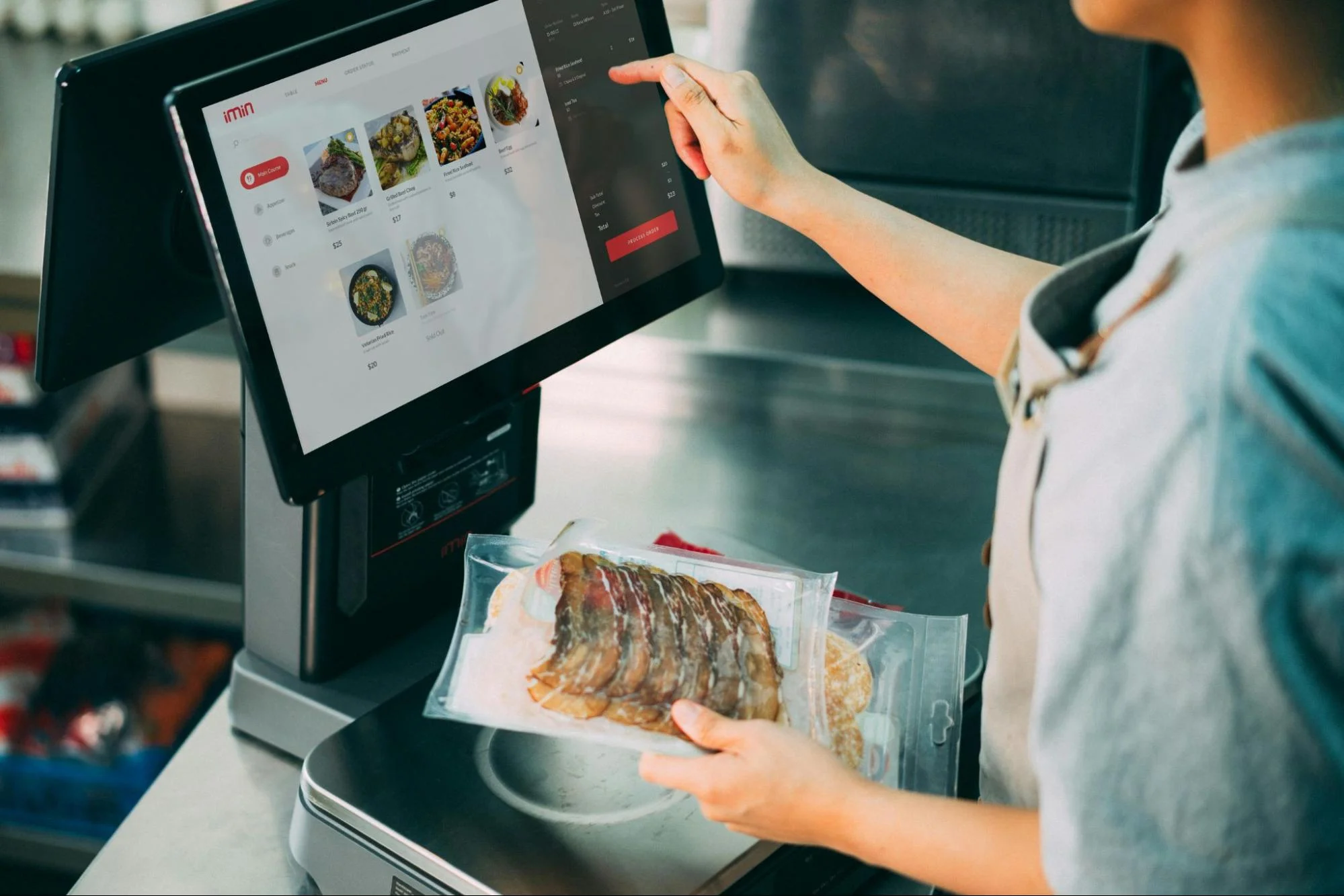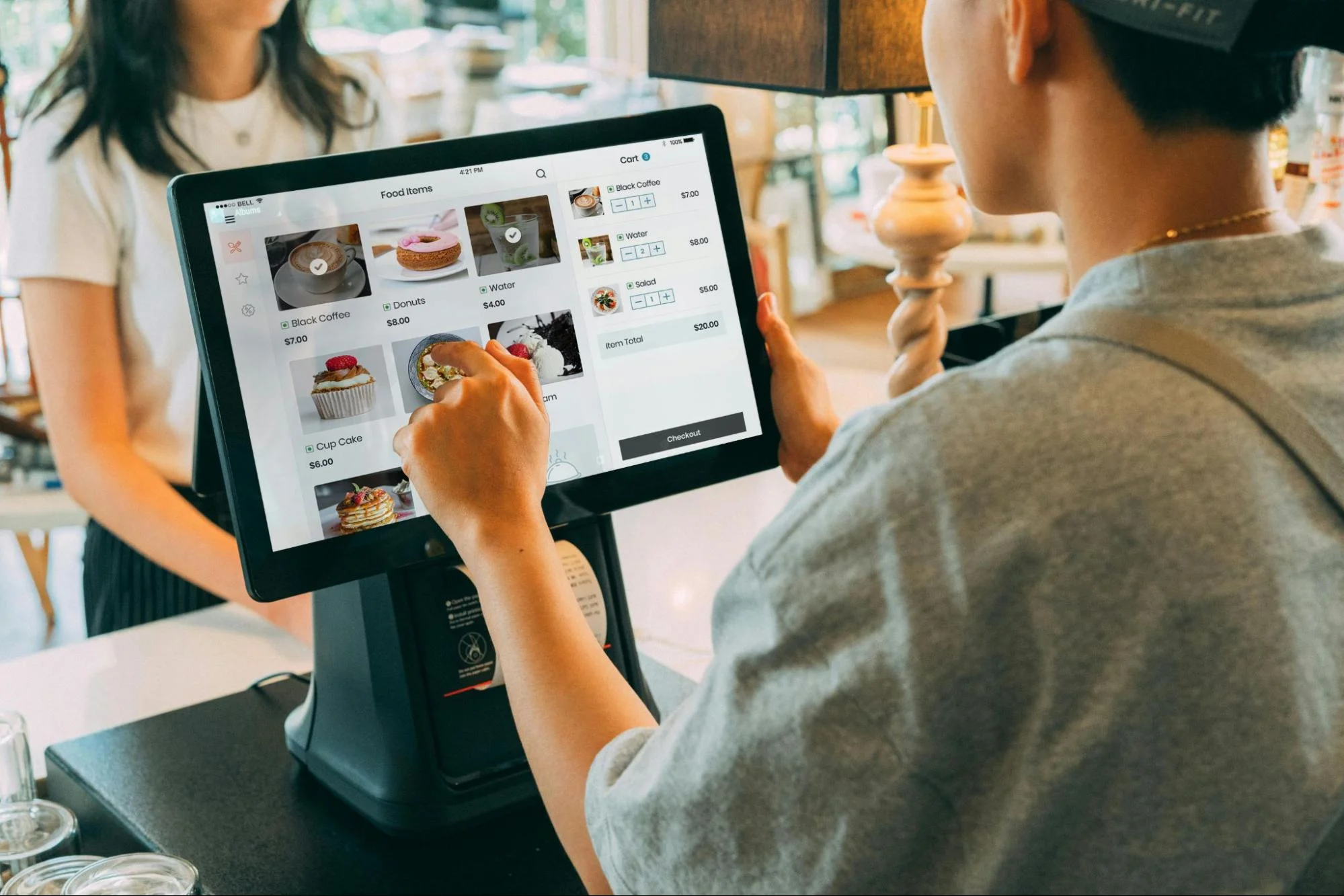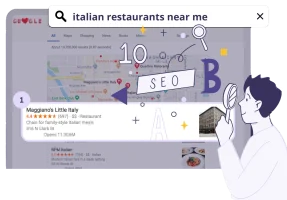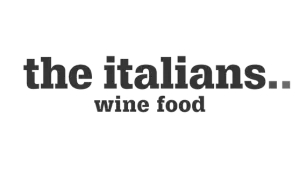
Overbooking is one of the biggest headaches for restaurants. One minute you think you’re maximizing your tables, and the next, you’re juggling frustrated guests, long wait times, and stressed-out staff. Even the best restaurants can find themselves in a tough spot when reservations get out of hand.
That’s why efficient reservation management isn’t just nice to have — it’s essential. When your reservations are organized and your seating is predictable, you can avoid chaos and create a better experience for your guests. In turn, this will help in improving staff morale and setting your restaurant up for stronger, more consistent profits.
Luckily, technology is making it easier than ever to stay in control. Restaurant management software is changing the game, helping businesses handle reservations smarter, reduce human error, and create a smoother, more professional experience from the moment a guest books a table. In this blog post, we will dive into how these tools are helping restaurants tackle overbooking head-on.
Common Causes of Overbooking
While overbooking is frustrating, it’s rarely intentional. Even with the best intentions, overbooking can sneak up on a busy restaurant. Here are some of the most common reasons it happens:
Human Error:Manual reservation books, spreadsheets, and even phone-based systems leave a lot of room for mistakes. Double-booking a table, misreading handwriting, or simply forgetting to update a reservation can easily cause problems.
Lack of Real-Time Updates:When reservations come in from multiple channels — such as phone, website, and third-party apps — but your system does not sync instantly, it’s easy to accidentally accept more guests than the restaurant can actually accommodate.
Overcompensating for No-Shows:No-shows are a real issue in the industry, and some restaurants try to overbook intentionally to offset them. But when more guests show up than expected, it can create the problem they were trying to avoid.
Walk-Ins and Unexpected Large Parties:Even a few unexpected walk-ins or a large party showing up without notice can throw off a carefully planned reservation system, especially during peak hours.
Poor Communication Among Staff:If the front-of-house team isn’t updated on reservation changes or walk-in availability, they might accidentally double-seat a table or promise availability that doesn’t actually exist.
Limited Visibility of Table Turnover: Without clear tracking of how long parties are likely to stay, it’s tough to predict when a table will be ready for the next guest. Consequently, this leads to unexpected bottlenecks.
How to Use Restaurant Management Software to Avoid Overbooking
Restaurant management softwareis a powerful tool for keeping your reservations organized and avoiding the chaos of overbooking. By taking advantage of real-time updates, centralized tracking, and smart capacity management, restaurants can stay in control, even during their busiest hours. Here is how you can put these tools to work in your business:
Centralise Your Reservations:Move away from scattered spreadsheets and handwritten notes. A digital reservation system tracks every booking in one place, making sure that reservations from your website, phone, or third-party apps are instantly recorded and visible to your whole team.
Use Real-Time Updates:Choose a system that updates reservations instantly across all devices. Real-time tracking ensures everyone, from the host stand to management, always knows exactly how many tables are booked and when they will turn over.
Automate Capacity Management:Set your maximum guest counts and allow the software to handle the rest. Automated systems can stop new reservations once capacity is reached, helping you avoid accidental overbooking before it starts.
Key Features That Prevent Overbooking

Certain features make all the difference when it comes to smarter reservation management. Look for restaurant software that includes:
Table Mapping and Availability Visualization:View a real-time map of your dining room that shows exactly which tables are occupied, reserved, or soon to be available. This helps your team manage seating more accurately and avoid over-promising table space.
Waitlist and Walk-In Management: Quickly add walk-in guests to a digital waitlistand track their status alongside existing reservations. With real-time updates, your team can adjust plans on the fly without risking double bookings.
Integration with POS and Online Booking Platforms:Connect your reservation system with your point-of-sale (POS) software and online booking tools. This keeps all reservations synced automatically, preventing missed or duplicate bookings across different channels.
Customisable Booking Rules and Time Slots:Set specific rules based on your restaurant’s needs. You can limit how many guests are seatedduring certain time periods, block extra time for larger parties, and manage peak hours more effectively.
Automated Confirmations, Reminders, and Cancellations:Send automatic confirmation messages and reminder notifications to guests. Making it simple for guests to confirm or cancel their reservations helps reduce no-shows and keeps your schedule accurate.
Benefits for Restaurants and Guests
Using restaurant management software improves much more than just your reservation book. Here are some of the key benefits you will see:
Smoother Front-of-House Operations:With better visibility and communication, hosts and servers can stay focused on delivering a great guest experienceinstead of constantly fixing booking problems. For example, rather than running back and forth to check table availability, hosts can simply glance at a live table map and seat guests with confidence, making the check-in process faster and more professional.
Improved Guest Experience with Timely Seating:Guests are seated faster and more predictably, which leads to higher satisfaction and better reviews. A guest who books a table for 7:00 p.m. can be seated within minutes of arrival because the host has already been alerted that the table is cleared and ready, creating a seamless start to their dining experience.
Data-Driven Insights into Peak Times and Trends:Software-generated reports help you understand when your restaurant is busiest, when no-shows happen most often, and how to adjust staffing and seating strategies accordingly. For instance, you might notice that Saturdays at 8:00 p.m. consistently see a higher no-show rate, allowing you to slightly overbook during that window to maintain a full house without overwhelming your staff.
Greater Staff Efficiency and Communication:When the whole team can access real-time updates, service becomes more organized and less stressful. Servers can quickly check a shared screen to see which tables are reserved, when large parties are due to arrive, or when to speed up turnover, reducing the need for constant verbal updates and freeing time to focus on guests.
Prevent Overbooking With The Right Restaurant Management Software
In conclusion, overbooking can negatively affect your restaurant’s reputation and day-to-day operations if not managed carefully. By tackling it proactively with the right tools and strategies, you can protect your guest experience, boost staff confidence, and create a smoother, more profitable service flow.
Modern restaurant management software offers the smart, tech-driven solutions needed to stay ahead. With real-time updates, automated confirmations, and intelligent capacity tracking, these systems help you avoid costly booking errors and operate with greater efficiency and peace of mind.
If you are ready to take control of your reservations and elevate your guest experience, now is the perfect time to explore your options. Look for a restaurant management platform that fits your needs and consider setting up a demo to see how it can transform your operations firsthand.

Unlock the tips that will help you stand out from the crowd and get more bookings!

Learn how to save time, reduce stress and fill your restaurant while you sleep!

Stephanie Paris
Gen-Z marketing coordinator bringing fresh energy to web and graphic design, with a weekend habit of chasing adventure.

Stephanie Paris
Gen-Z marketing coordinator bringing fresh energy to web and graphic design, with a weekend habit of chasing adventure.









